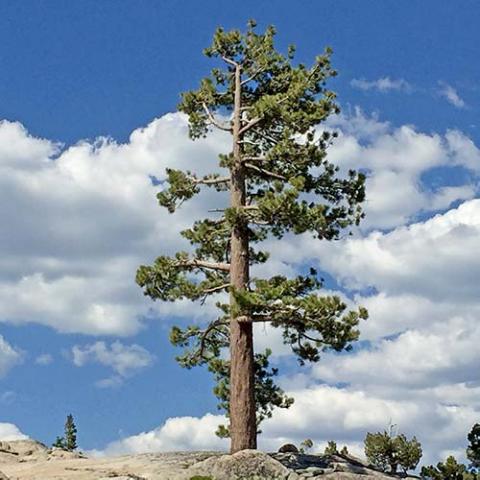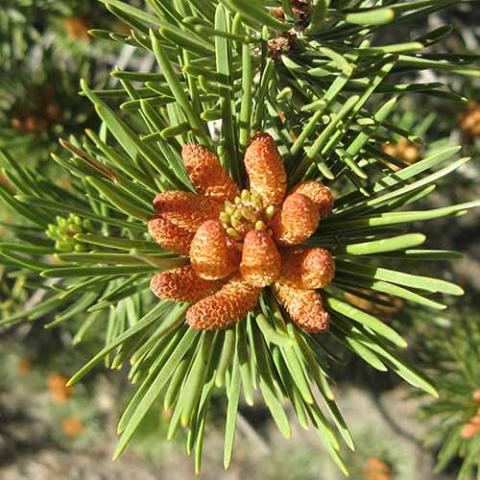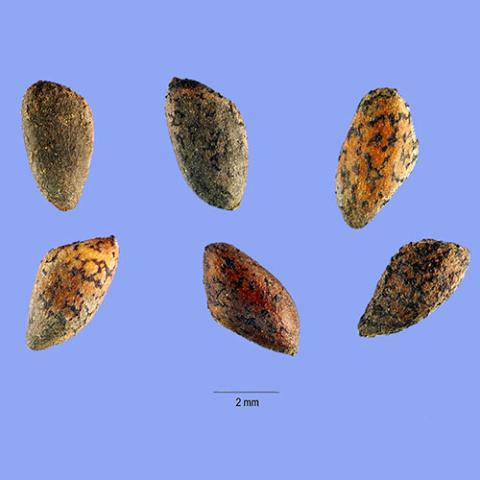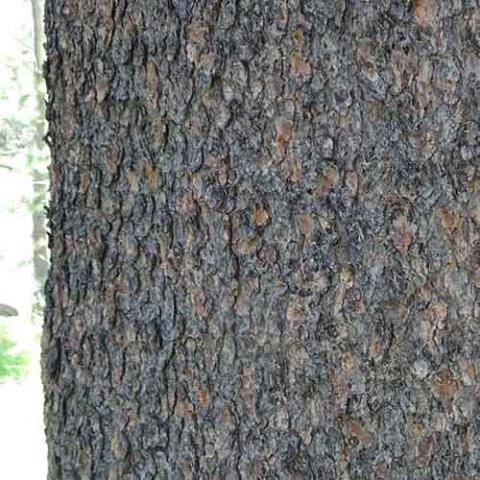NAME(S)
TAXONOMY
PLANTAE ID
THERAPEUTIC
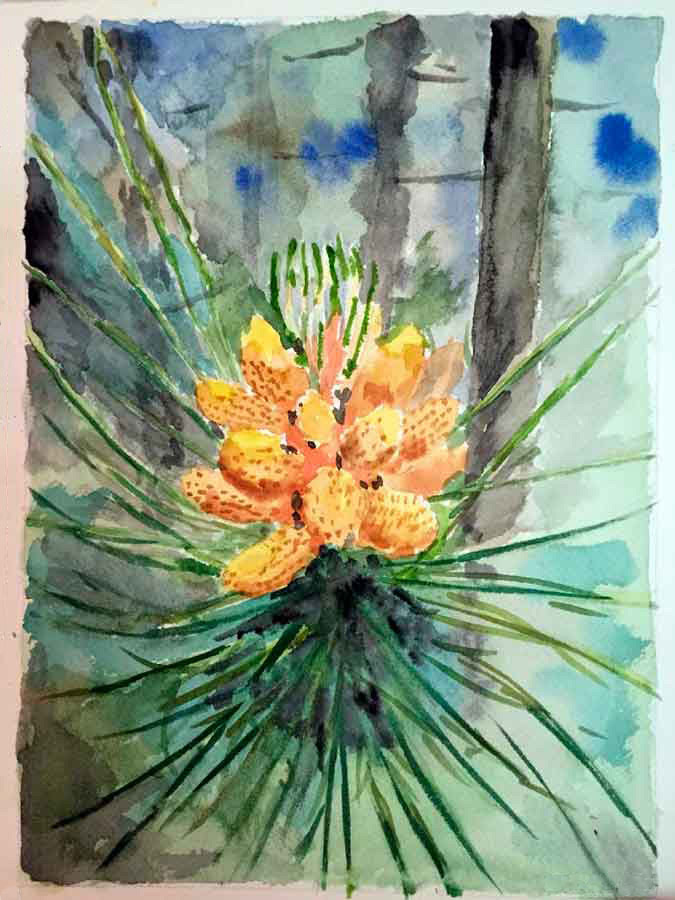
This watercolor painting is of the male cones of the tree Genus/species: Pinus contorta (Lodgepole Pine). This particular cluster of cones was found growing in the Sierra Nevada mountains in California.
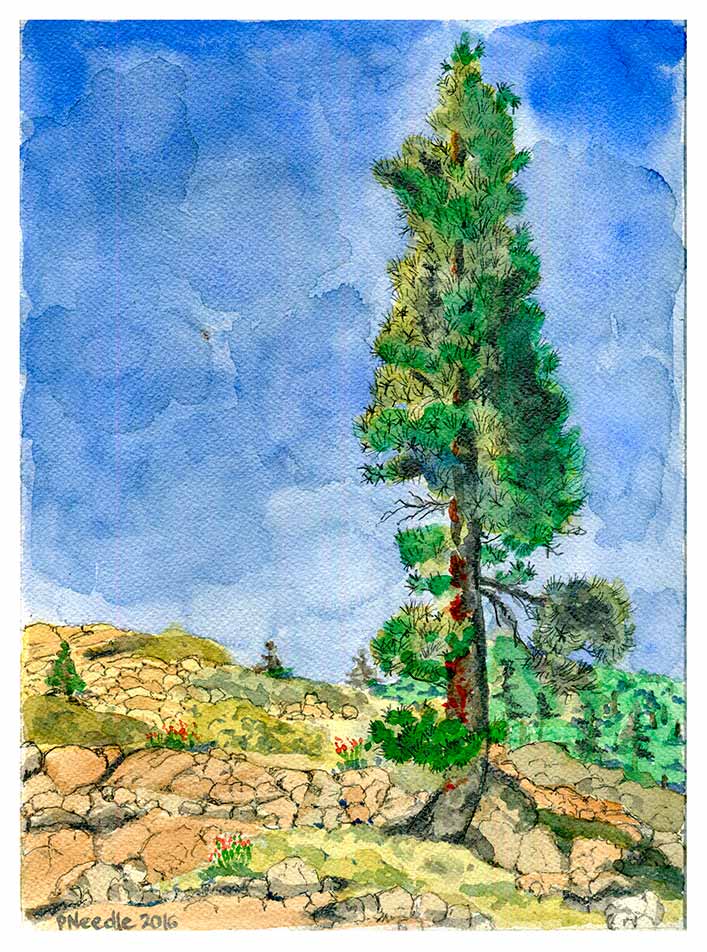 Pinus contorta
Pinus contorta
This watercolor painting is of the tree (Genus species) Pinus contorta (Lodgepole Pine). This particular tree was found growing high up in the Sierra Nevada mountains, in California, near Lake Donner.
Genus species (Plantae): Pinus contorta
Pinus contorta, with the common names lodgepole pine and shore pine, and also known as twisted pine, and contorta pine, is a common tree in western North America. It is common near the ocean shore and in dry montane forests to the subalpine, but is rare in lowland rain forests. Like all pines (member species of the genus Pinus), it is an evergreen conifer.
Description
Depending on subspecies, Pinus contorta grows as an evergreen shrub or tree. The shrub form is krummholz and is approximately 1 to 3 m (3 to 10 ft) high. The thin and narrow-crowned tree is 40 to 50 m (130 to 160 ft) high and can achieve up to 2 m (7 ft) in diameter at chest height. The murrayana subspecies is the tallest. The crown is rounded and the top of the tree is flattened. In dense forests, the tree has a slim, conical crown. The formation of twin trees is common in some populations in British Columbia. The elastic branches stand upright or overhang and are difficult to break. The branches are covered with short shoots that are easy to remove.
The species name is contorta because of the twisted, bent pines found at coastal areas and the tree's twisted needles. Pinus contorta is occasionally known under several English names: black pine, scrub pine, and coast pine. Pinus contorta subsp. latifolia will hybridise with the closely related jack pine (Pinus banksiana).
Needles and buds
The egg-shaped growth buds are reddish-brown and between 20 and 30 mm (3⁄4 and 1+1⁄4 in) long. They are short pointed, slightly rotated, and very resinous. Spring growth starts in beginning of April and the annual growth is completed by early July. The dark and mostly shiny needles are pointed and 4 to 8 cm (1+1⁄2 to 3 in) long and 0.9 to 2 mm (0.04 to 0.08 in) wide. The needle edge is weakly to strongly serrated. The needles are in pairs on short shoots and rotated about the shoots' longitudinal axes. In Alberta above 2,000 m (6,600 ft), 1 to 5 needles occur per short shoot. A population with a high proportion of three-needled short shoots occurs in the Yukon. Needles live an average of four to six years, with a maximum of 13 years.
Cones[
The cones are 3–7 cm (1–3 in) long. The cones have prickles on the scales.
Many populations of the Rocky Mountain subspecies, Pinus contorta subsp. latifolia, have serotinous cones. This means that the cones are closed and must be exposed to high temperatures, such as from forest fires, in order to open and release their seeds. The variation in their serotiny has been correlated with wildfires and mountain pine beetle attacks. The cones of the coastal Pacific subspecies, P. contorta subsp. contorta, are typically non-serotinous, and those of the inland Pacific subspecies, P. contorta subsp. murrayana, are completely non-serotinous.
Ecology
Pinus contorta is a fire-dependent species, requiring wildfires to maintain healthy populations of diverse ages. The bark of the lodgepole pine is fairly thin, minimizing the tree's defense to fire; however, the heat of fire opens the cones to release the seeds. This allows the species to regenerate and maintain its place in the forest habitat. One plant community in which Pinus contorta is found is the closed-cone pine forest of coastal California.
Excessive wildfire prevention disrupts the fire ecology. The stands are usually so densely populated that the trees self-thin, or out-compete each other, leaving dead trees standing. These become a dry ladder fuel that can accelerate the fire to the crown of living trees. When the fire reaches the crowns of the trees, it can jump from tree to tree and becomes relatively unstoppable.
The natural fire regime for this species is primarily driven by climate. The fires occur most often after years of drought. Pinus contorta occurs from the upper montane to the subalpine region. These types of forests experience a lot of moisture in the form of snow in the winter due to their altitude. The density of the tree stand also inhibits the establishment of an understory. With all of that being said, the likelihood of a surface fire occurring is rare. Thus, infrequent but severe fires dominate this species.
An example of the climate that plays a huge role in the fire regime of Pinus contorta is quite complex. There are three different oscillations that play a major role in droughts. These are the Pacific decadal oscillation (PDO), Atlantic multidecadal oscillation (AMO) and El Niño (ENSO). A combination of these oscillations being in effect (+) or not in effect (−) have a global effect on the water available to these forests. So when the AMO +, ENSO − and PDO −, there is going to be a drought and likely a severe subalpine fire.
Suillus tomentosus, a fungus, produces specialized structures called tuberculate ectomycorrhizae with the roots of lodgepole pine (Pinus contorta var. latifolia). These structures have been shown to be the location of concentrations of nitrogen-fixing bacteria which contribute a significant amount of nitrogen to tree growth and allow the pines to colonize nutrient-poor sites.
Threats
This species is attacked by blue stain fungus (Grosmannia clavigera), distributed by the mountain pine beetle from its mouth.
A study released in 2011 concluded that Pinus contorta could experience significant reductions in distribution due to climate change by the late 21st century.
Uses
Construction
Tree plantations of Pinus contorta have been planted extensively in Norway, Sweden, Ireland and UK for forestry, such as timber uses. In Iceland it is used for reforestation and afforestation purposes. It is also commonly used for pressure treated lumber throughout North America.
The common name "lodgepole pine" comes from the custom of native americans using the tall, straight trees to construct lodges (tepees).
Medicinal
The indigenous peoples of the Pacific Northwest and of California used different parts of the plant internally and externally as a traditional medicine for various ailments.
Cultivation
Pinus contorta is cultivated as an ornamental tree by the horticulture industry. Plant nurseries grow Pinus contorta subsp. contorta and Pinus contorta subsp. murrayana for use in traditional and wildlife gardens, and as smaller selections of the native plant for natural landscaping. The Shore pine's (ssp. contorta) smaller varieties and cultivars are also used in container gardening, including as large bonsai specimens.
Cultivars of this species include:
- "Chief Joseph", a dwarf variety of Pinus contorta var. latifolia grown for its yellow winter needles
- "Spaan's Dwarf", a dwarf variety of Pinus contorta var. contorta that grows wider than it grows tall
The cultivar "Chief Joseph" has gained the Royal Horticultural Society’s Award of Garden Merit.
Emblem
Lodgepole pine is the Provincial tree of Alberta, Canada.
Invasive species
Pinus contorta is a serious invasive species of wilding conifer in New Zealand, along with several other western North American pine species. It is listed on the National Pest Plant Accord and is prohibited from sale, commercial propagation, and distribution.
Reference: Wikipedia
Photos: plants.usda.gov,P. Needle

